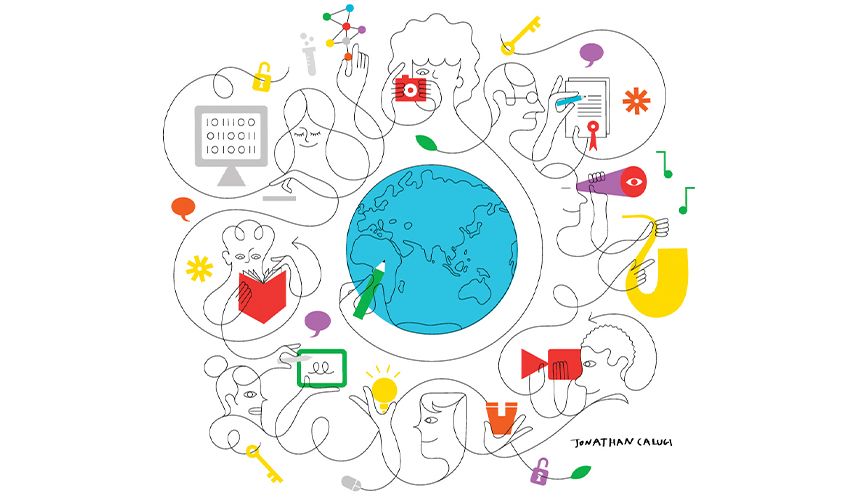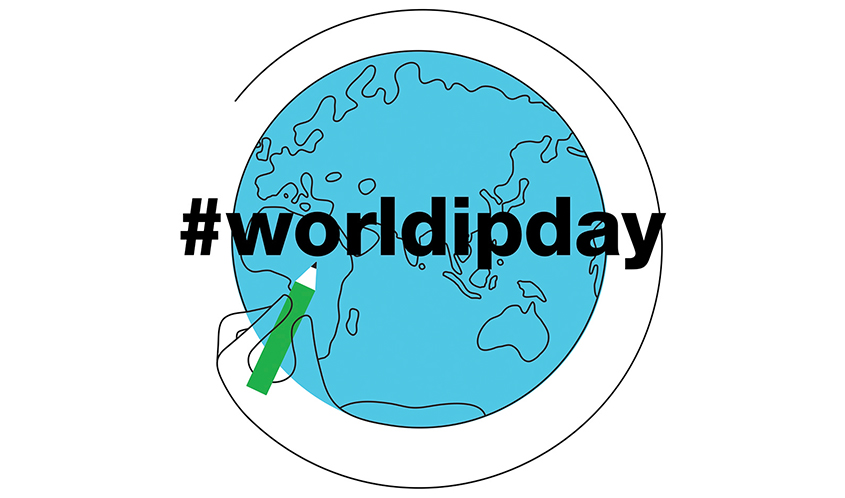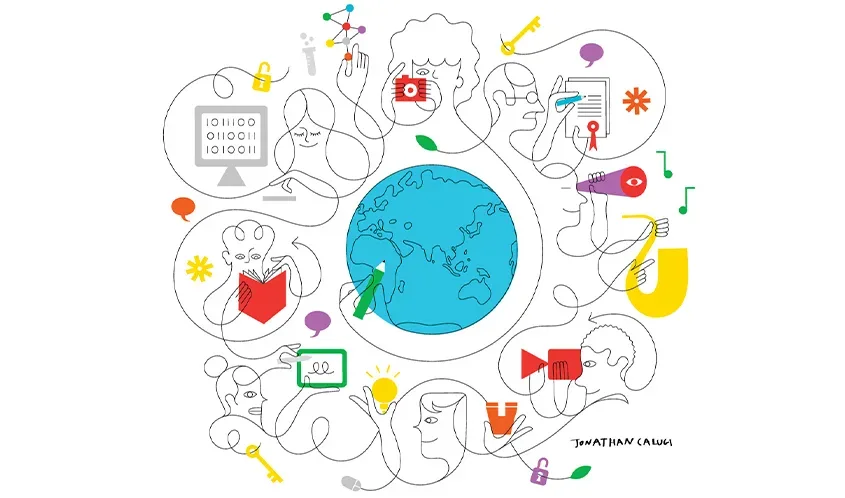
by Kristin Morency Goldman, senior communications specialist, The Toy Association
As the global business community prepares to celebrate World Intellectual Property Day on April 26, stopping toy counterfeits from entering the U.S. — and ending up in the hands of innocent children — continues to be a top priority for The Toy Association and its members.
“Our team is meeting with congressional offices and federal lawmakers this spring to highlight the important role of intellectual property (IP) rights in encouraging and protecting vital innovation and creativity within the toy industry,” says Ed Desmond, executive vice president of external affairs at The Toy Association. “Working to pass federal legislation, enhancing consumer awareness about how to spot fakes, and collaborating with government agencies to end the sale of illicit products all continue to be key components of our advocacy work on behalf of the toy community.”

The team is currently working with congressional offices to reintroduce IP-related bills — the INFORM Consumers Act, the SHOP Safe Act, and the SANTA Act — that incorporate recommendations from The Toy Association’s 2020 white paper, “Taking Fake Toys Offline: A 2020 Focus on Proactive Measures to Reduce Counterfeits and Unsafe Toys Sold on Online Marketplaces.” These bills include best practices outlined within the report, including increased seller vetting and consumer transparency that third-party marketplaces should have in place to protect families from potentially dangerous counterfeits sold online.
The Toy Association’s white paper also uncovers key factors contributing to the rise in counterfeits and proactive, multistakeholder solutions to the problem, including better collaboration between online marketplaces, legislators, Toy Association members, and consumers.
Looking ahead, the Association will be collaborating with U.S. Customs and Border Protection (CBP) and other agencies on anti-counterfeiting measures to help toy brand owners protect their IP and reduce the number of fake products entering the country.
While the burden of enforcement should never be on the brand owner, there are steps toy companies can take until the issue is better regulated. A strong online presence (at minimum, a website that lists certified retailers where products can be purchased) helps. We also encourage companies to monitor online marketplaces for counterfeit products and to pursue takedown procedures with the marketplace.
“We encourage toy brands to register all trademarks, copyrights, and patents with USPTO and the appropriate customs authorities, along with who they have authorized to import genuine product,” Desmond says.
Even though counterfeits remain a problem, The Toy Association has contributed to important progress on the issue over the past year — including the introduction of legislation placing clear requirements on marketplaces and sellers; the publication of a Department of Homeland Security Report echoing many of the toy industry’s proposed solutions; and better cooperation, communication, and collaboration with major online marketplaces. Yet, so much more needs to be done. Toy Association members who want to become involved in these crucial efforts are encouraged to reach out to Leigh Moyers, senior manager of federal government affairs at The Toy Association (lmoyers@toyassociation.org) for additional information.
This article was originally published in the May 2021 edition of the Toy Book. Click here to read the full issue!


